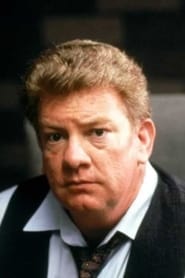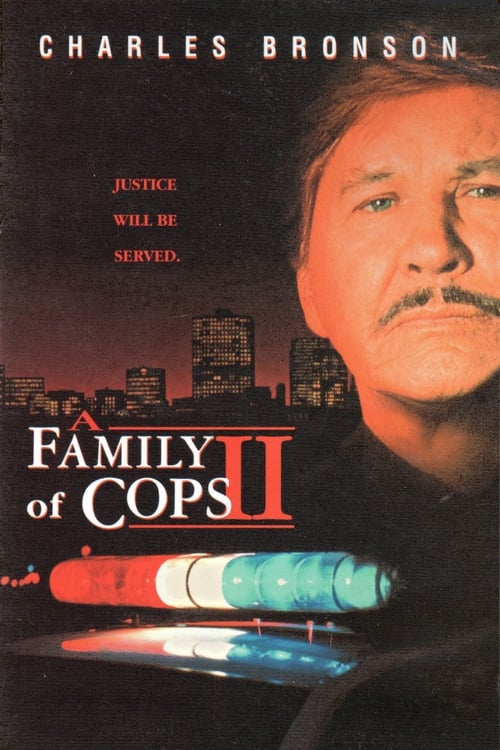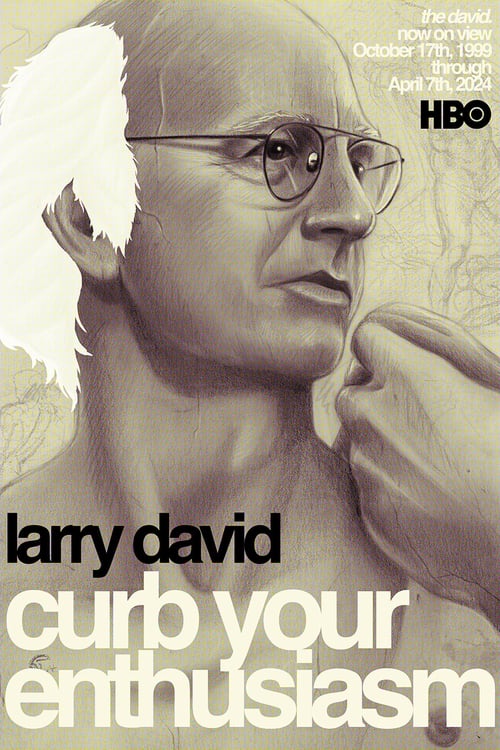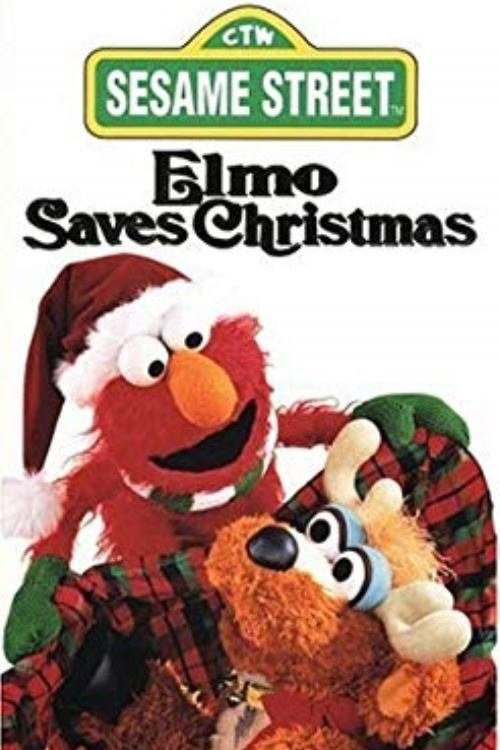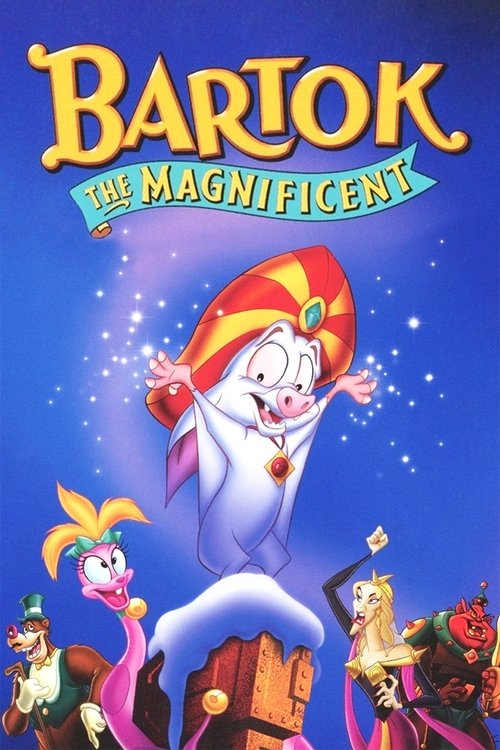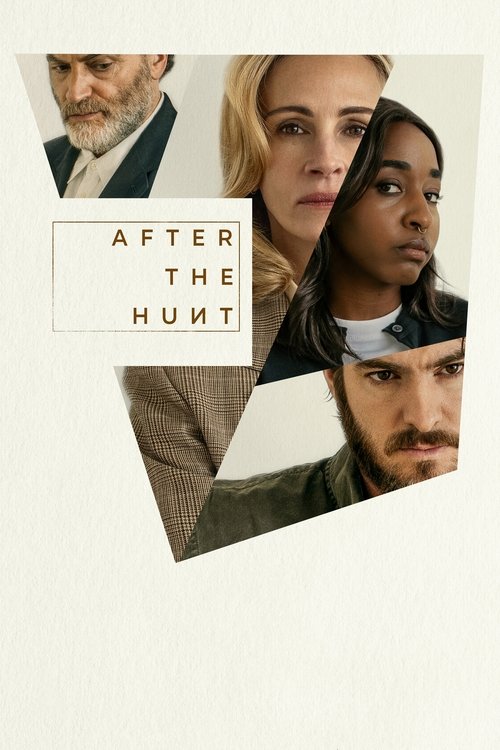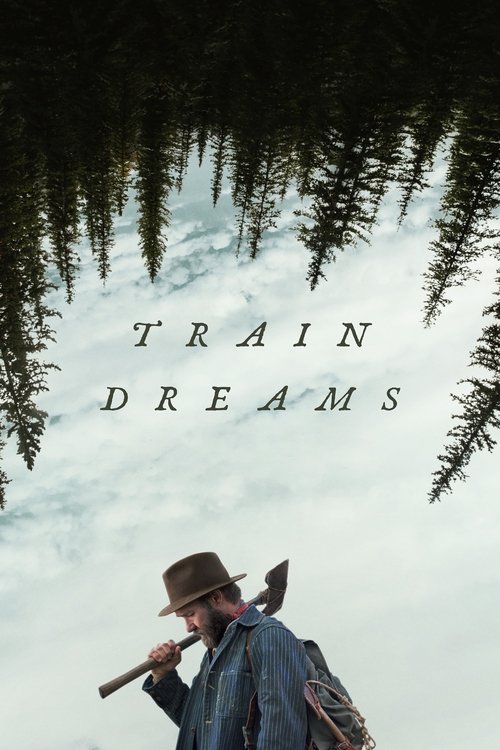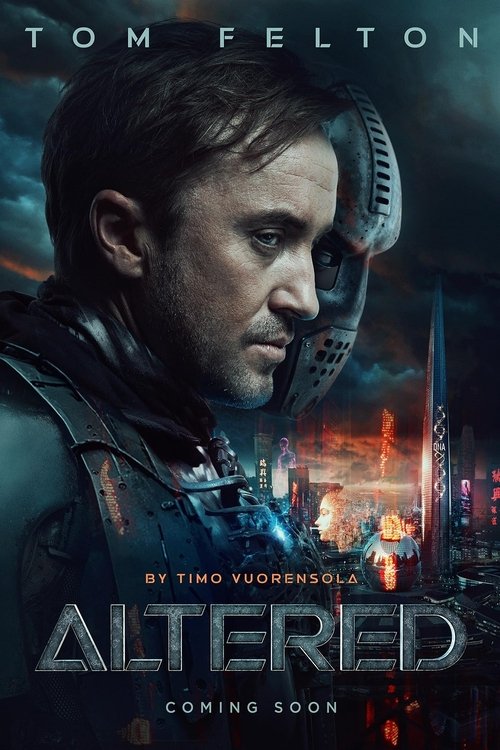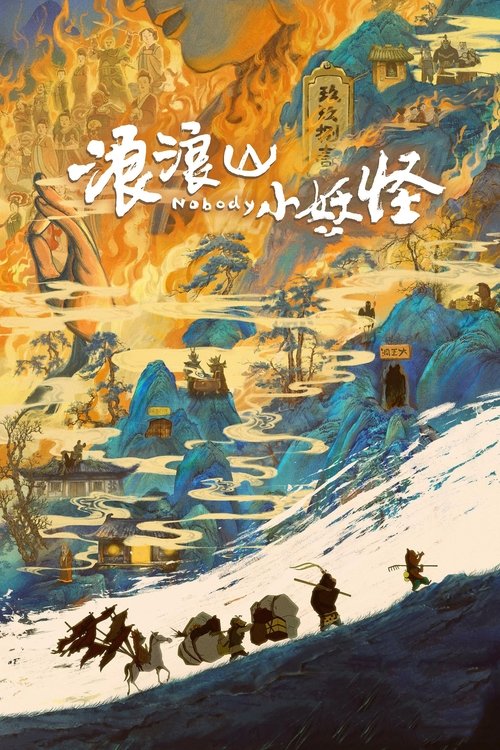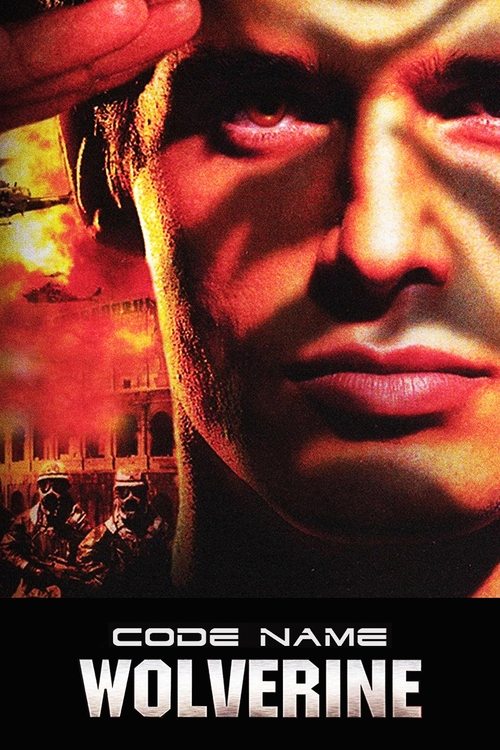
Ask Your Own Question
What is the plot?
The night air hangs thick over the sleepy town of Hollow's End, a place where the streets are quiet, the lampposts flicker with a yellow haze, and the old cemetery on the edge of town is whispered about in hushed tones. It is here, beneath the gnarled oaks and crumbling headstones, that Officer "Bump" Bumpstead begins his story. He is a man in his early thirties, earnest and ambitious, with a badge that feels heavier than it should. His dream is to become a detective, to solve mysteries that matter, not just write parking tickets and break up bar fights. Tonight, however, something strange is stirring in the graveyard, and Bumpstead is about to be pulled into a mystery that will test every ounce of his courage.
The film opens with Bumpstead patrolling the cemetery, his flashlight cutting through the fog. The wind whispers through the trees, and the rustle of dead leaves sounds like footsteps. He pauses at a freshly disturbed grave, the earth upturned, the headstone cracked. "What the hell?" he mutters, crouching to examine the soil. There are no footprints, no signs of a grave robber, just a deep, unnatural hole. As he stands, a low, gurgling sound echoes from the darkness. He spins, his hand on his gun, but sees nothing. The sound grows louder, a wet, infantile whimper that sends a chill down his spine. "Who's there?" he calls, his voice trembling. No answer. Only the wind and the sound of something crawling through the dirt.
The next morning, Bumpstead reports his findings to the station, but his colleagues laugh it off. "You're seeing things, Bump," says Sergeant Grady, a grizzled veteran with a permanent sneer. "Probably just a raccoon or a drunk kid." But Bumpstead knows what he heard. He decides to investigate further, and it is then that he meets the mayor's son, Thomas "Tommy" Holloway. Tommy is a lanky teenager with a mop of curly hair and a mischievous grin. He is bored with his father's political life and eager for adventure. When he hears about Bumpstead's experience, his eyes light up. "A ghost?" he says, leaning forward. "That's awesome! Let's check it out."
Together, Bumpstead and Tommy return to the graveyard that night. The moon hangs low, casting long shadows over the graves. They move cautiously, their flashlights sweeping the ground. Suddenly, a loud crash echoes from the center of the cemetery. They rush toward the sound and find a tombstone shattered, the earth beneath it torn apart. From the hole, a grotesque figure emerges--a ghost with a giant, bloated baby face, its eyes wide and milky, its mouth stretched in a silent scream. The creature lets out a high-pitched wail, and Bumpstead and Tommy stumble back in terror. "What the hell is that?" Tommy whispers, clutching Bumpstead's arm. The ghost vanishes into the fog, leaving only the sound of its wail echoing through the night.
The next day, Bumpstead and Tommy begin their investigation in earnest. They visit the town library, poring over old newspapers and records. They learn that the cemetery was once the site of a tragic accident--a fire that claimed the lives of several children decades ago. The ghost, they realize, must be connected to that event. "It's not just haunting the graveyard," Bumpstead says, his voice grim. "It's trying to tell us something." Tommy nods, his usual bravado replaced by a sense of dread. "But what?"
As they dig deeper, they discover that the fire was no accident. It was caused by a faulty gas line in the old orphanage that once stood on the cemetery grounds. The children who died were never properly buried, their remains scattered in the chaos. The ghost, they believe, is the spirit of one of those children, trapped in a form that reflects its innocence and suffering. "It's not evil," Tommy says, his voice soft. "It's just lost."
Their investigation takes a dark turn when they visit the mayor's office. Mayor Holloway, Tommy's father, is a stern man with a cold demeanor. He listens to their story with skepticism, his eyes narrowing. "You're wasting your time," he says, his voice sharp. "There's no ghost. Just a bunch of kids playing pranks." But Bumpstead sees something in the mayor's eyes--a flicker of fear, a hint of guilt. "You know something," Bumpstead says, stepping forward. "What aren't you telling us?" The mayor's face hardens. "Get out," he says, his voice low. "And don't come back."
That night, the ghost returns to the graveyard, its wail louder than before. Bumpstead and Tommy watch from a distance, their hearts pounding. The ghost begins to dig, its tiny hands clawing at the earth. "It's looking for something," Tommy whispers. "But what?" They wait until the ghost vanishes, then rush to the spot. Buried beneath the dirt, they find a small, rusted locket. Inside is a faded photograph of a young girl, her face innocent and smiling. "This must be her," Bumpstead says, his voice heavy. "The ghost."
The discovery leads them to the town's archives, where they uncover a shocking truth. The girl in the photograph is Emily Holloway, the mayor's long-dead sister. She died in the fire, her body never recovered. The mayor, it turns out, has been hiding the truth for years, ashamed of the tragedy that befell his family. "He's been covering it up," Tommy says, his voice filled with anger. "He doesn't want anyone to know."
The tension builds as the town prepares for the annual Mardi Gras celebration. The streets are alive with music and laughter, the air thick with the scent of food and fireworks. Bumpstead and Tommy know the ghost will strike again, and they are determined to stop it. They set up a trap in the cemetery, using the locket as bait. As the clock strikes midnight, the ghost appears, its giant baby face twisted in anguish. It reaches for the locket, its wail piercing the night. "Emily," Bumpstead says, holding out the locket. "We know who you are. We know what happened."
The ghost pauses, its eyes fixed on the locket. For a moment, there is silence. Then, in a voice that is both childlike and ancient, it speaks. "Find me," it says. "Bring me home." The words hang in the air, heavy with sorrow. Bumpstead and Tommy exchange a look, their hearts breaking for the lost child. "We will," Bumpstead says, his voice firm. "We promise."
The climax unfolds at the Mardi Gras celebration. The ghost crashes the event, its wail drowning out the music. Panic spreads through the crowd as the ghost appears, its giant baby face glowing in the darkness. Mayor Holloway stands frozen, his face pale with fear. "Emily," he whispers, his voice trembling. "I'm sorry." The ghost turns to him, its eyes filled with pain. "Father," it says, its voice echoing through the night. "Why did you leave me?"
The confrontation is intense, the air thick with emotion. Bumpstead steps forward, holding the locket. "She's not alone," he says, his voice strong. "We're here for her." The ghost looks at him, then at the locket. Slowly, it reaches out, its tiny hand brushing the metal. A soft light begins to glow, growing brighter with each passing second. The ghost's form begins to change, the giant baby face softening into the face of a young girl. "Thank you," she says, her voice gentle. "I can rest now."
As the light fades, the ghost vanishes, leaving only the locket in Bumpstead's hand. The crowd is silent, the music stopped. Mayor Holloway falls to his knees, tears streaming down his face. "I'm sorry," he says, his voice breaking. "I'm so sorry." Tommy rushes to his father's side, his anger replaced by compassion. "It's okay," he says, putting a hand on his shoulder. "She's at peace."
The film ends with Bumpstead and Tommy standing in the cemetery, the locket buried beneath a new headstone. The sun rises, casting a golden light over the graves. "We did it," Tommy says, his voice filled with pride. Bumpstead nods, a small smile on his face. "We did." The camera pans over the cemetery, the wind whispering through the trees. The ghost's wail is gone, replaced by the sound of birds and the rustle of leaves. The town of Hollow's End is at peace, its secrets laid to rest.
In the final scene, Bumpstead receives a promotion, his dream of becoming a detective finally realized. He stands at his desk, the badge gleaming in the sunlight. "Things that go bump in the night," he says, a smile on his face. "Sometimes, they just need someone to listen." The camera fades to black, the sound of the wind and the rustle of leaves lingering in the air. The story is over, but the memory of Emily Holloway will live on, a reminder that even in the darkest places, there is hope.
More Movies Like This
Browse All Movies →
What is the ending?
In the ending of "Things That Go Bump," the main characters confront the supernatural forces that have been haunting them. The climax reveals the true nature of the haunting, leading to a resolution where the characters must face their fears and the consequences of their actions. Ultimately, they find a way to overcome the malevolent presence, leading to a sense of closure and a return to normalcy.
As the film approaches its conclusion, the tension escalates. The characters, having experienced a series of terrifying events, gather in the house that has been the source of their troubles. The atmosphere is thick with dread, and the air is charged with the weight of their fears. Each character is visibly shaken, their faces pale and eyes wide with anxiety. They know that they must confront the entity that has been tormenting them, but the uncertainty of what lies ahead looms heavily over them.
In a pivotal scene, the group decides to perform a ritual they believe will banish the spirit. They gather in a dimly lit room, the flickering candlelight casting eerie shadows on the walls. As they chant the incantation, the air grows colder, and a palpable energy fills the space. The tension is almost unbearable as they feel the presence of the entity growing stronger. The characters exchange nervous glances, their hearts racing as they sense the impending confrontation.
Suddenly, the entity manifests, a swirling mass of darkness that seems to pulse with malevolence. The characters are paralyzed with fear, but they know they must stand together. One character, driven by a deep sense of responsibility, steps forward, urging the others to join hands and focus their energy on the ritual. This moment of unity is crucial; it symbolizes their collective strength and determination to overcome the darkness that has plagued them.
As they continue the chant, the entity lashes out, causing chaos in the room. Objects fly through the air, and the walls seem to close in around them. The characters are pushed to their limits, both physically and emotionally. They confront their own fears, each grappling with personal demons that the entity has brought to the surface. This confrontation is not just with the supernatural but also with their own vulnerabilities.
In a climactic moment, the character who took the lead in the ritual finds the courage to confront the entity directly. With a powerful declaration, they assert their will, channeling their fear into strength. The entity recoils, and the room is filled with a blinding light as the ritual reaches its peak. The characters feel a surge of hope as they realize they are gaining the upper hand.
As the light envelops them, the entity lets out a final, anguished wail before dissipating into nothingness. The oppressive atmosphere lifts, and the characters collapse to the floor, exhausted but relieved. They share a moment of silence, processing the gravity of what they have just experienced. Each character reflects on their journey, acknowledging the growth they have undergone through this harrowing ordeal.
In the aftermath, the characters emerge from the house, the sun shining brightly as they step into a new day. They are visibly changed, their expressions a mix of relief and newfound strength. The haunting has ended, but the experience has forged a bond between them that will last a lifetime. They understand that they have faced their fears and emerged victorious, not just against the supernatural but also within themselves.
The film concludes with a sense of hope and renewal. The characters, now united by their shared experience, walk away from the house, ready to face whatever challenges lie ahead. Each of them has found a sense of closure, having confronted their past and emerged stronger. The final scene fades out, leaving the audience with a lingering sense of triumph over adversity.
Is there a post-credit scene?
What is the significance of the character named Max in the story?
Max is a pivotal character in 'Things That Go Bump.' He is portrayed as a young boy who is deeply affected by the supernatural occurrences in his home. His emotional state fluctuates between fear and curiosity, driving him to confront the unknown. Max's interactions with the ghostly presence reveal his desire for understanding and connection, making him a relatable figure for the audience.
How does the family dynamic change throughout the film?
The family dynamic in 'Things That Go Bump' evolves significantly as the supernatural events unfold. Initially, the family appears to be struggling with typical issues, but as the hauntings intensify, tensions rise. The parents, particularly the mother, become increasingly protective of Max, leading to conflicts with the father, who is skeptical of the supernatural. This strain highlights their differing approaches to fear and the unknown, ultimately forcing them to confront their own vulnerabilities.
What role does the haunted house play in the characters' development?
The haunted house serves as a catalyst for character development in 'Things That Go Bump.' It is not just a setting but a character in its own right, filled with secrets and memories that impact the family. As the characters explore the house, they confront their pasts and fears, leading to moments of growth and revelation. The house's eerie atmosphere amplifies their emotional struggles, pushing them to either unite or fracture under pressure.
What are the key supernatural elements that affect the characters?
Key supernatural elements in 'Things That Go Bump' include ghostly apparitions and unexplained phenomena that manifest throughout the house. These elements serve to heighten the tension and fear experienced by the characters, particularly Max. The presence of the supernatural forces them to confront their deepest fears and insecurities, ultimately leading to moments of bravery and self-discovery as they seek to understand the source of the hauntings.
How does Max's relationship with the ghost evolve over the course of the film?
Max's relationship with the ghost in 'Things That Go Bump' evolves from fear to a complex understanding. Initially terrified, Max gradually learns that the ghost is not malevolent but rather a lost soul seeking closure. This shift in perception allows Max to empathize with the ghost's plight, leading to a poignant connection that highlights themes of loss and redemption. Their interactions become a central emotional thread, showcasing Max's growth and courage.





